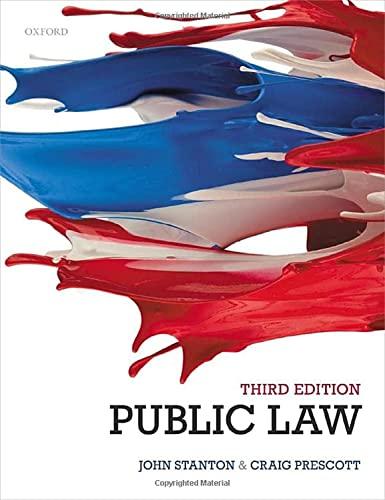Question
Consider a modified version of the Gary Becker-style micro model of fertility choices, in which both men and women have child-care responsibilities. Suppose that the
Consider a modified version of the Gary Becker-style micro model of fertility choices, in which both men and women have child-care responsibilities. Suppose that the man in the household has Tm hours of time to devote to market work and/or child care, and that he must contribute cm hours per child in care time. His wage in market work is w_m. The woman has Tw hours available for market work and/or child care; she must contribute c_w hours per child in child care. Her wage is w_w. The household has no other sources of income. In addition to parental time, each child requires p in goods such as food and clothing. The household's utility function is U = Na X 1?a , with a being a preference parameter such that 0





Step by Step Solution
There are 3 Steps involved in it
Step: 1

Get Instant Access to Expert-Tailored Solutions
See step-by-step solutions with expert insights and AI powered tools for academic success
Step: 2

Step: 3

Ace Your Homework with AI
Get the answers you need in no time with our AI-driven, step-by-step assistance
Get Started






